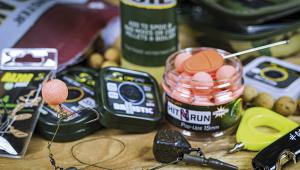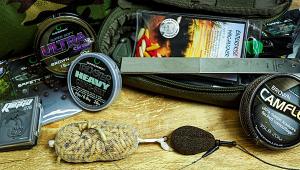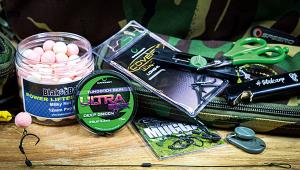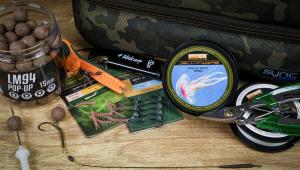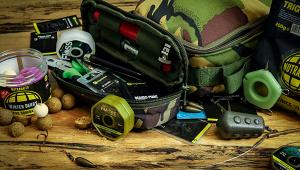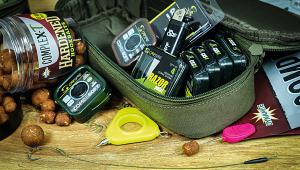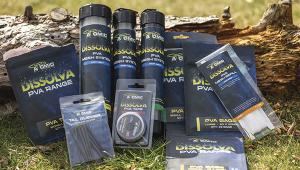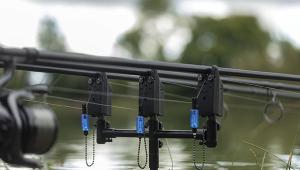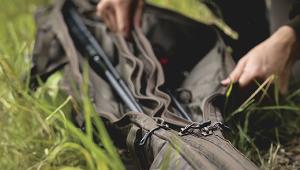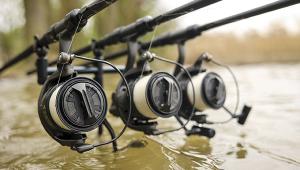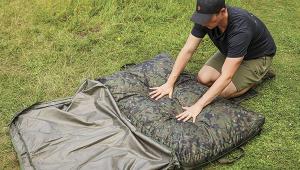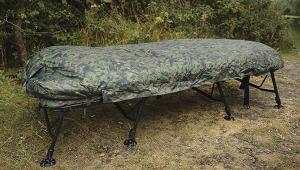Anatomy Of A Carp Rig | Rik Johnson's Longie Rig (Video)
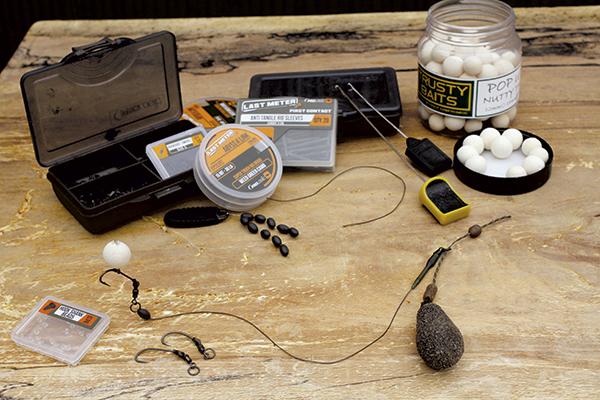
The lakes I fish typically have many nuisance fish that are likely to disturb your baits and rigs and I want something that is going to reset every time.
I critically balance the bait so that it’s sinking at the slowest rate possible. This way if some roach come darting through the swim or even if my rig gets ejected (which happens with every rig) I know that it will still be well presented. I’ll quite happily leave my rods out for 24 hours or more as I know that it will always be presented.
A couple of the other members of the team at Prologic and I had had issues in the past with the typical quick-change swivel, fishing for big fish on waters with dense weed and snags. On a few occasions, not many mind, we’d had the crook open up, leading to unfortunately parting company with what could have been a fish of a season or even a lifetime! It really leaves a sour taste in your mouth.
Adam Penning put it across well: “If you were fishing for that British record fish, would you use something that you weren’t 100 per cent confident in?” The answer was a resounding NO.
We decided to try and solve the issue and at the time we had been developing some new patterns of hooks. The factory that we are working with in Japan is one of the highest grade steel factories in the world and they were able to incorporate a small size 10 swivel attached directly to the hook. While the rig no longer had a quick-change hook, it has lost none of the presentation, while providing ultimate strength.
If a fish were to bury itself in dense weed I would be 100 per cent confident in applying that additional pressure without the worry of a rig failure. This is why I will always choose this sort of pattern with the built-in swivel when fishing those harder waters, where the next fish could be the fish of a lifetime.
Across the team here at Prologic we’ve started using this long-shank style hook more and more over the typical curve hook. It seems to provide the hook section with slightly different mechanics, allowing it to hook in the softer tissue further back in the mouth rather than potentially finding a weak hold in the hard scar tissue at the very front of the mouth. The results and hook-holds have been nothing short of phenomenal.
Watch the video to see how to tie Rik's longie (longshank ronnie) rig.
- Log in or register to post comments
